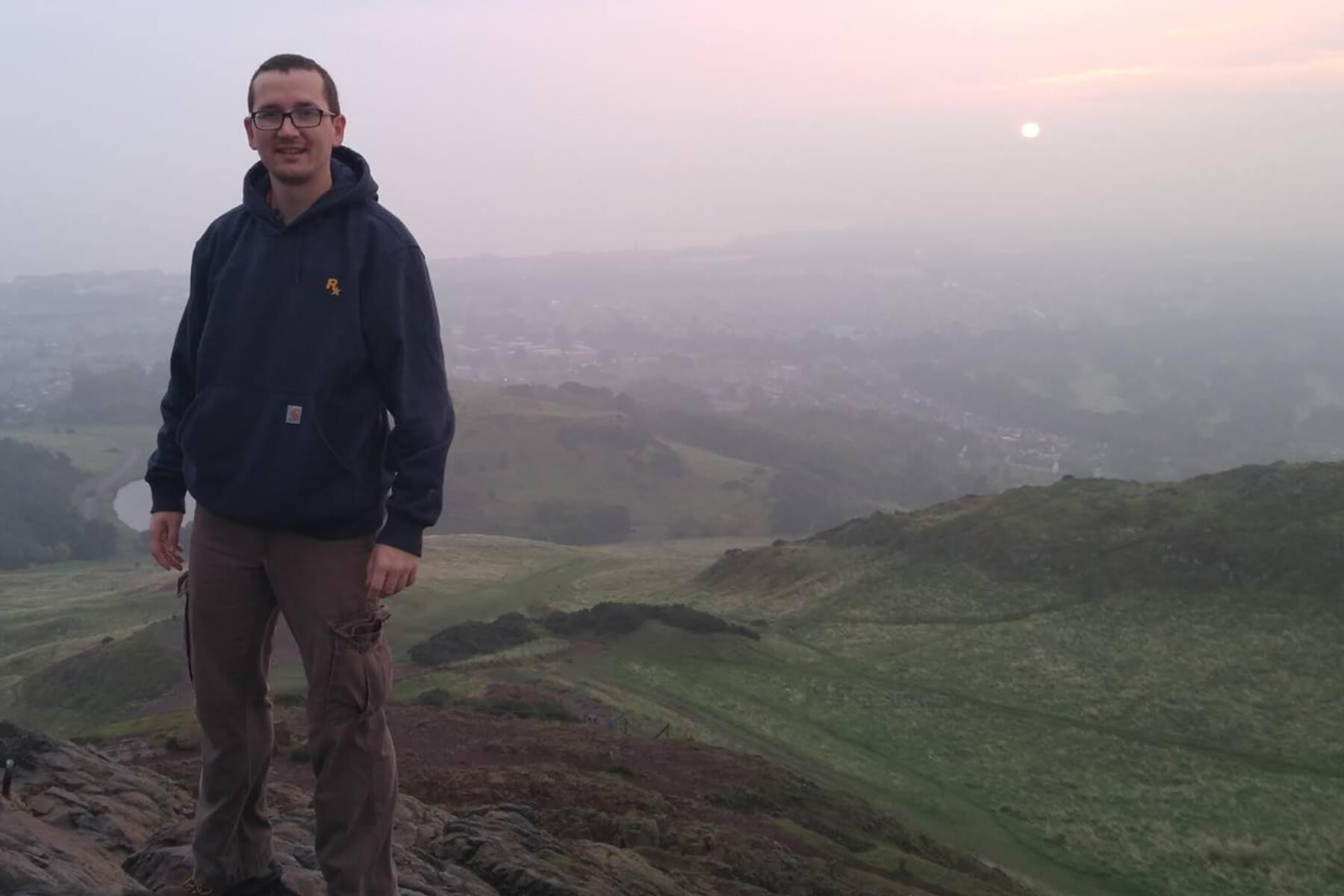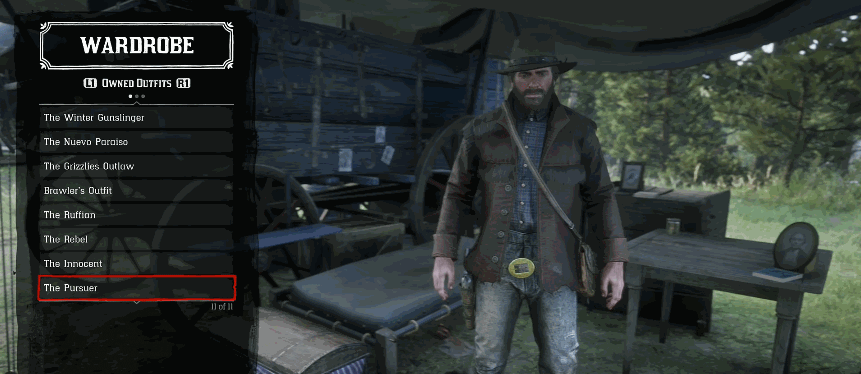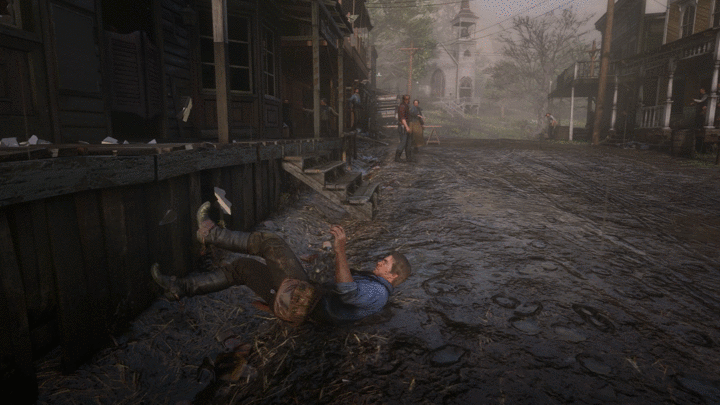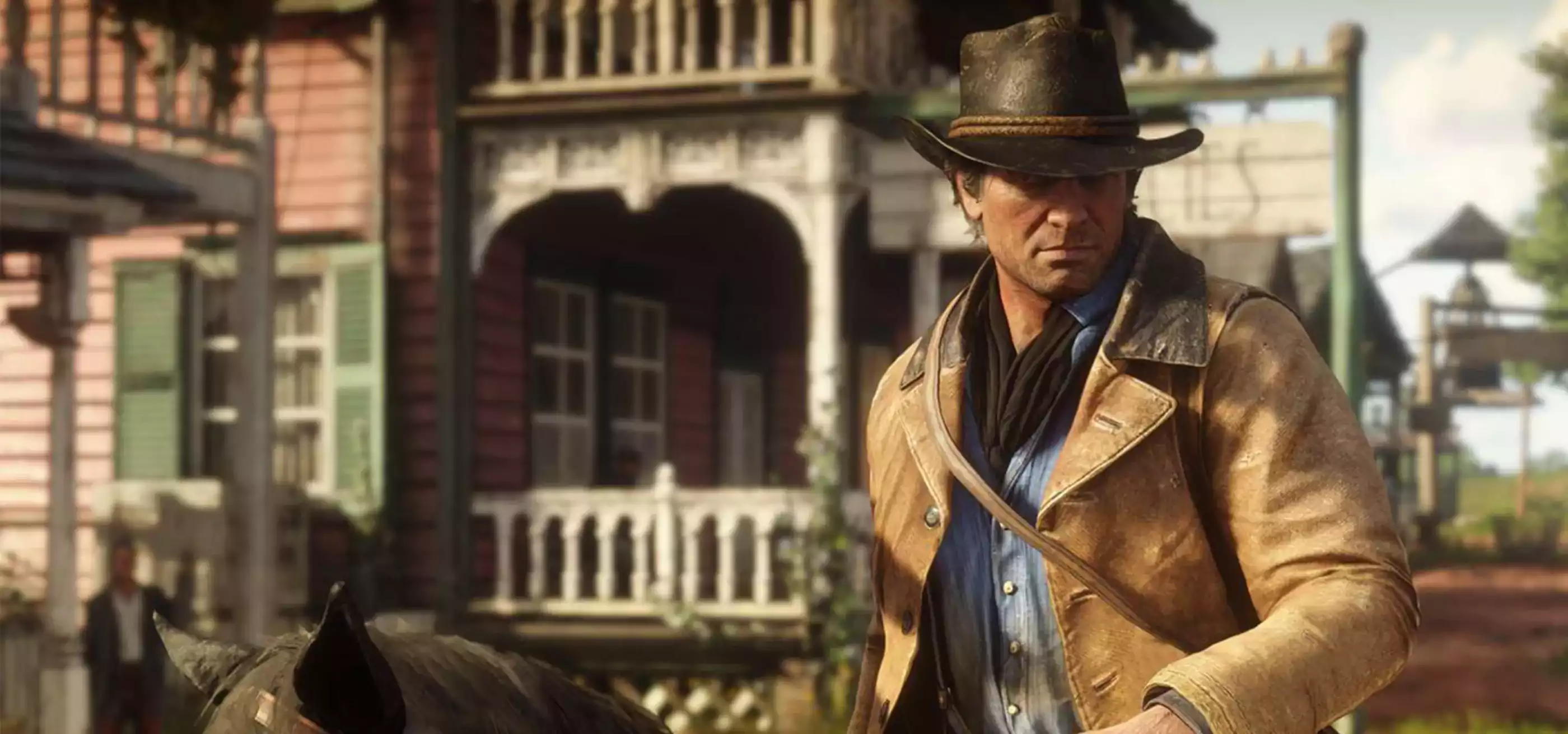From Princess Peach’s pink gown to Master Chief’s Mark VI armor, video gaming’s distinct sartorial styles have inspired countless fans to cosplay as their favorite characters for conventions and social media. That being said, you won’t find many people confident enough to rock Solid Snake’s skintight sneaking suit or Bayonetta’s leather and high heels ensemble on the day-to-day. But it speaks volumes that a month after Rockstar Games’ Wild West smash-hit Red Dead Redemption 2 was released in October of 2018, a New York clothing label decided to partner with the game developer to produce and sell real-world versions of shirts and jackets from the game for casual, everyday wear.
Sure, Red Dead Redemption 2’s gruff outlaw protagonist Arthur Morgan spends much of the game caked in mud, blood, and sweat, but it’s hard to deny he looks incredibly stylish doing it. That’s all thanks to the game’s expansive, complex clothing customization system, something DigiPen BS in Computer Science and Game Design graduate Andy Kibler spent years perfecting during his work on the title as a senior technical designer.
Before joining Rockstar, Kibler cut his teeth on DigiPen’s most downloaded student game of all time, Nitronic Rush, serving as the game’s level designer. Upon graduating, he headed off to work on AI in Bungie’s MMO first-person shooter Destiny and later as a technical designer on Z2’s mobile hit Battle Nations. But as far as scale goes, Kibler says nothing compared to the scope of this latest project.

”Red Dead Redemption 2 is definitely the largest game I have ever worked on by far,” Kibler says. “Working on something of this magnitude can be daunting, just with the sheer number of systems at play and having to take many of them into consideration when fixing things and creating new content. It had technical hurdles I have never faced before, and it produced interesting design challenges that we had to overcome. To do this, I had to pull everything I had learned from previous games that I had worked on.”
Kibler’s focus from the beginning was working with designers, programmers, producers, artists, and other developers to build the game’s customizable clothing system. Plenty of games feature a range of different outfits players can equip, but Red Dead Redemption 2 features an astounding 127 individual pieces of clothing the player can mix and match, everything from hats, shirts, vests, coats, pants, boots, suspenders, chaps, spurs, neckwear, and gloves.
“We had to build the systems for the player to equip clothing, preview clothing, purchase clothing, save clothing, and all of the gameplay systems related to clothing interaction,” Kibler says. “With the complexity of clothing customization in Red Dead Redemption 2, that was no small feat for us to overcome. My day-to-day work during development was typically adding new clothing items to the game that the art team created, scripting features into the game for clothing, and supporting designers in achieving clothing-related needs for missions and cutscenes.”

From the beginning, Rockstar put an emphasis on recreating America circa 1899 as realistically as possible — filling the world of the game with an incredible level of detail. You can engrave elaborate designs on your guns, which get dirty if you don’t clean them. The moon operates on accurate lunar cycles, and the wildlife behaves according to real predator/prey ecosystems. Arthur’s hair grows if you don’t shave and trim it, and people will comment on your stench if you haven’t bathed in a while.
“Along with internalizing the technical aspects of Red Dead Redemption 2, I had to internalize the level of polish we needed to hit as well,” Kibler says. “Things that might pass in other games are considered must-fix issues in a Rockstar game. The lengths we have to go to reach that level of quality are immense, but it is very rewarding in the end to see players enjoy it.”
Due to that high level of polish and detail, systems that might seemingly have nothing to do with clothing often came into play during Kibler’s work. When Arthur throws an animal he’s just hunted and skinned over his shoulder, the animal’s blood leaves stains on his jacket. If Arthur falls off his horse into a mud puddle, his clothes get muddy too. If someone shoots Arthur’s cowboy hat off in a gun fight and he goes to retrieve it, the hole from the bullet that blew it off his head will remain.

Making sure these interactions worked with those 127 individual pieces of clothing proved challenging. Some of the lengths the development team went to might even escape most players, Kibler says.
“Something that players might not notice, unless they are paying very close attention, is that Arthur wears his default blue shirt in a very specific way for his summer gunslinger outfit,” he says. “But when [fellow gang member] John gets this outfit, he is not wearing it in that specific way. We felt that Arthur had a certain style for that shirt, but John would just wear it like any other shirt.”
I have rarely felt unprepared for things at Rockstar, and a lot of that is due to graduating from DigiPen.”
Red Dead Redemption 2 was able to successfully nail that deep realism with the support of Rockstar’s massive 2,000-person team, all of its members working collaboratively in studios across the world. One of those global team members included fellow DigiPen grad Aditya Subramanian (MS in Computer Science, 2019) working on tools programming in Rockstar’s India studio.
“This is the first company I have worked for that is international, and it’s been an interesting experience getting used to that kind of workflow,” Kibler says. “You need to make sure to get questions out as soon as possible so developers in other parts of the world can answer it without you having to wait.”
Despite the huge team, Kibler found himself running into many of the other DigiPen graduates who worked on the game like James Chagaris (BS in Computer Science in Real-Time Interactive Simulation, 2008), Nick Johann Miller (BA in Game Design, 2014), Evan Lawson (BS in Computer Science in Real-Time Interactive Simulation, 2011), and Robert West (BS in Computer Science in Real-Time Interactive Simulation, 2008), while still managing to miss other alumni, like physics engineer Sree Harsha Kalangi (MS in Computer Science, 2013). “Most of us are separated into whatever part of the game we’re working on, but we do sometimes interact and help each other out,” Kibler says. “I have rarely felt unprepared for things at Rockstar, and a lot of that is due to graduating from DigiPen.”
